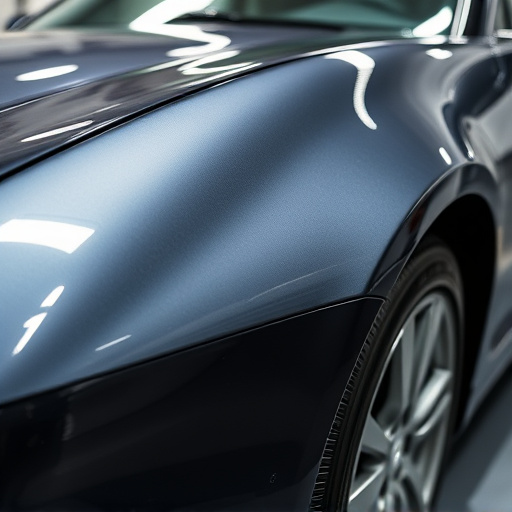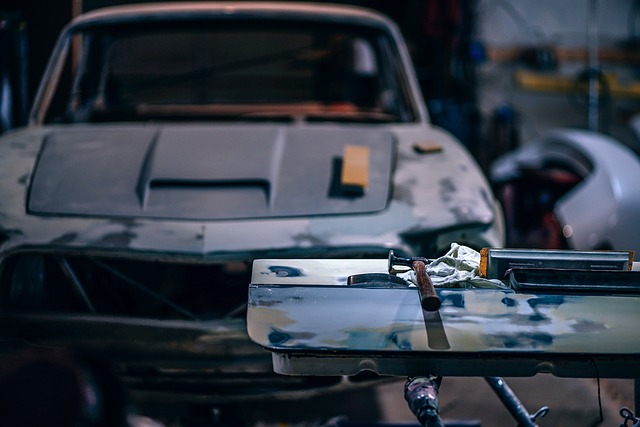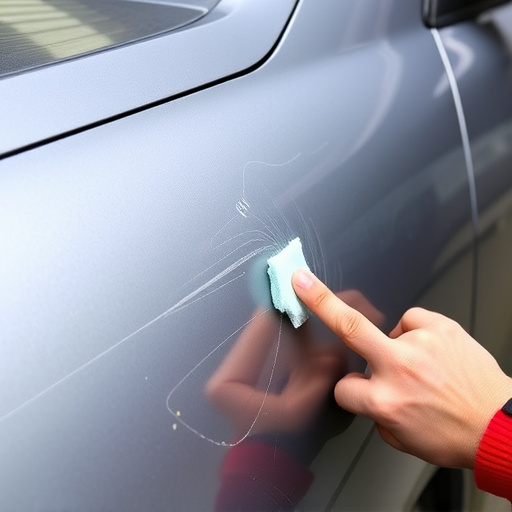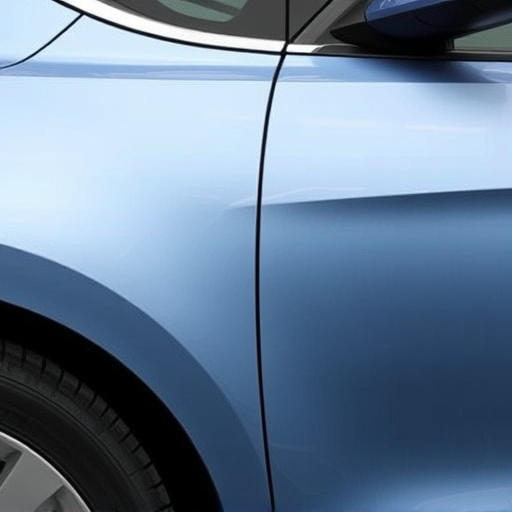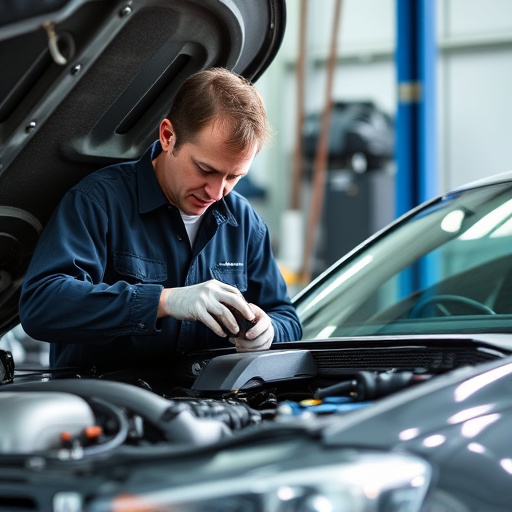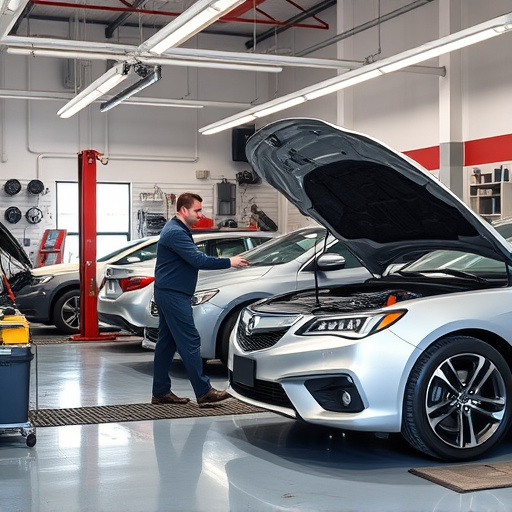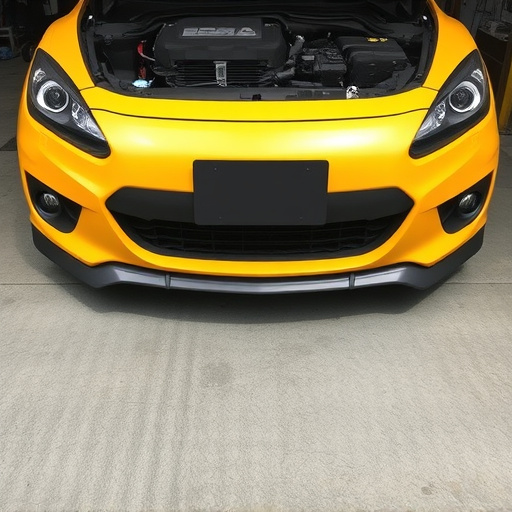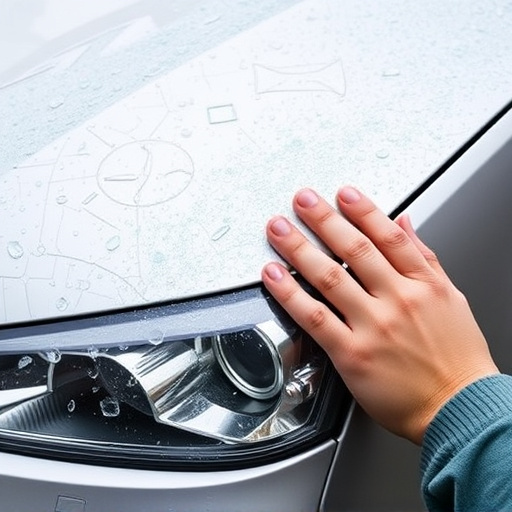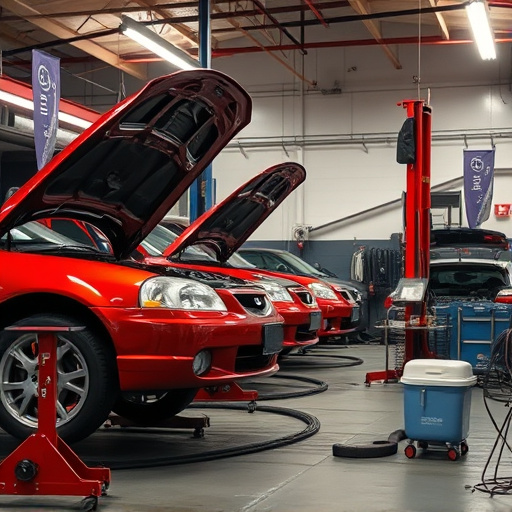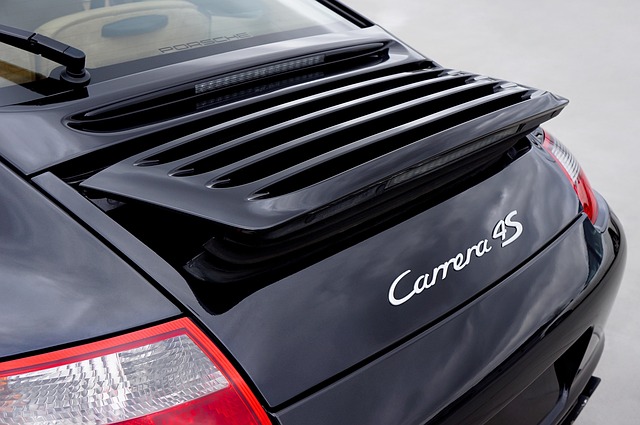A trim restoration collision is a critical aspect of vehicle repair that significantly influences brand perception and customer loyalty. It involves repairing not just visible damage but also interior components to restore perceived value. Skilled technicians use state-of-the-art equipment to deliver top-notch services, fostering trust and enhancing market value. Meticulous repairs rebuild brand loyalty, ensuring positive associations and encouraging future purchases.
In today’s competitive automotive market, a vehicle’s brand perception is paramount. One often overlooked aspect that significantly influences this perception is trim restoration following a collision—a process that goes beyond mere cosmetic fixes. This article explores how effective (or ineffective) trim restoration impacts brand image, delving into the psychological factors at play and its role in fostering or damaging customer loyalty. By understanding these dynamics, automotive brands can navigate post-collision scenarios to preserve and enhance their reputation.
- Trim Restoration: A Collison's Impact on Brand Image
- Vehicle Perception: Beyond the Visible Damage
- Restoring Trust: The Role of Trim in Brand Loyalty
Trim Restoration: A Collison's Impact on Brand Image

A trim restoration collision can significantly impact a vehicle’s brand perception, especially when it comes to shaping the customer’s overall experience and loyalty. The way a car looks after an accident is crucial; a poorly executed repair job could leave visible evidence of the collision, damaging the brand’s reputation for quality craftsmanship. Customers expect their vehicles to return to pre-accident condition, with meticulous attention to detail in the trim restoration process.
This involves not just repairing the damaged parts but also ensuring that the restored areas seamlessly integrate with the rest of the car’s bodywork. A reputable car repair shop understands this and prioritizes skilled technicians and state-of-the-art equipment to deliver top-notch bumper repair and trim restoration services, fostering customer trust and satisfaction. It’s a delicate process that, when executed right, can enhance the vehicle’s aesthetic appeal while preserving its brand value.
Vehicle Perception: Beyond the Visible Damage

When a vehicle experiences a trim restoration collision, the immediate concern is often the visible damage—cracked plastic, dented panels, and torn fabric. However, the impact extends far beyond these superficial marks. Vehicle perception is a multifaceted construct that includes not just exterior aesthetics but also interior quality, performance reliability, and brand reputation.
A successful trim restoration aims to mend not only the car’s appearance but also its perceived value. Skilled technicians can delicately repair or replace damaged trim components, ensuring seamless integration with existing materials. This meticulous process contributes to a vehicle’s overall appeal, fostering a sense of care and craftsmanship that translates into a positive brand perception. Effective collision repair services, including car scratch repair and bodywork, thus become essential tools for maintaining and enhancing the market value of vehicles, even after unforeseen incidents.
Restoring Trust: The Role of Trim in Brand Loyalty

When a vehicle experiences a trim restoration collision, it’s not just about fixing the physical damage; it’s about restoring trust and rebuilding brand loyalty. The interior trim is a critical component that defines a car’s aesthetic appeal and overall user experience. It encompasses various elements from seats to door panels, dashboards, and consoles—all of which contribute to the vehicle’s ambiance and comfort. A successful trim restoration process can transform a damaged car into a like-new condition, enhancing its resale value and customer satisfaction.
In today’s competitive automotive market, where brand perception plays a significant role, ensuring that every repair accurately reflects the manufacturer’s quality standards is vital. Customers who experience seamless hail damage repair or car body repair, including meticulous auto painting, are more likely to develop a positive association with the vehicle’s original brand. This emotional connection fosters brand loyalty, encouraging customers to choose the same brand for future purchases and recommendations, thereby strengthening the company’s reputation in the market.
In conclusion, a trim restoration collision significantly influences vehicle brand perception. By addressing visible damage beyond the surface, dealerships can restore trust and strengthen brand loyalty. Effective trim restoration not only enhances the aesthetic appeal of vehicles but also reinforces customer confidence in the brand’s commitment to quality and detail. This, in turn, fosters long-term relationships and positive perceptions among vehicle owners.
